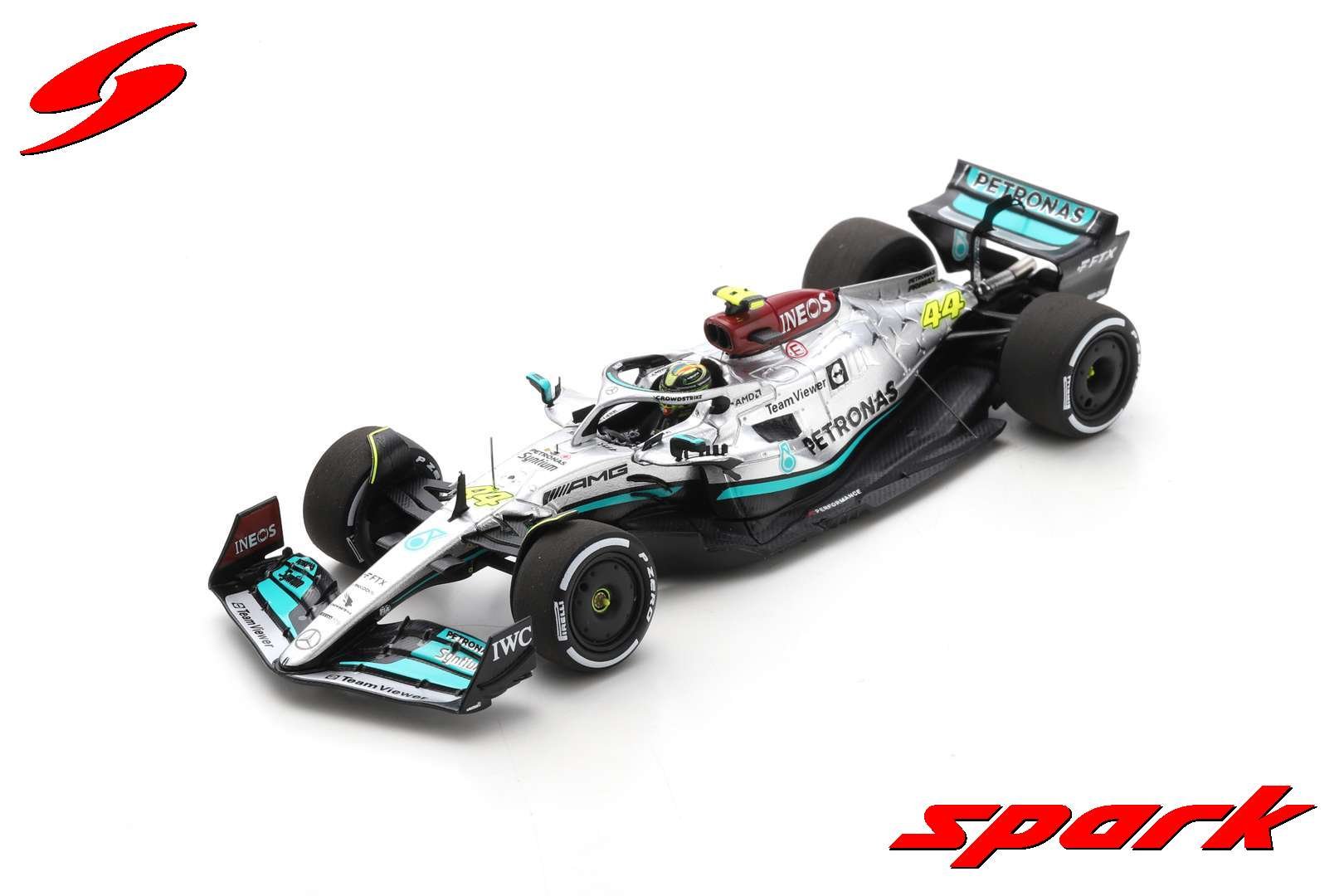Spark models exists because Hugo Ripert, its founder, is a car and model enthusiast who's father Andre was in the modeling business before him. Hugo worked with the Vitesse, Quartzo and Ixo brands and was in charge of research and model development. He would follow a particular model from photo research through prototype modeling, hand samples and on into production.
In 2000 Hugo started arranging for the first Spark models of Le Mans cars to be produced and distributed. Initially concentrating on the cars at the "back of the grid" ignored by the then existing major manufactures, the models were produced in small runs of around 700-1000 pieces. Along with partners he started a factory in Southern China.
If our brand has been successful, it is in large part due to the partners' collective enthusiasm for cars. Calling them car nuts is neither insulting nor an exaggeration. They race and restore cars. They collect full size cars and models. They go to race meetings, festivals and museums and private collections. Their passion for models is reflected in the never-ending search for improving modeling techniques and materials.
From purely resin castings of car bodies, Spark has moved into Zamak diecasting injection molding. Increasing production has necessitated new purpose built factories with a total of about 1000 employees. Vertical integration has meant that Spark began producing its own steel casting moulds in-house, as opposed to sending out for them. By bringing the various production steps in-house, the company aims to better control the whole production process. Spark's photo and documentary archive never stops growing. The library is added to daily as car magazines, books and new Internet research continually comes in. This archive is a key element in researching classic cars and is managed collectively by a team of project managers specialising in different types of cars.
Once a decision has been made to produce a particular car, measurements, drawings and photos are given to one of the craftsmen who then sculpt a prototype. This goes through various approval stages prior to mould production. These craftsmen in an earlier generation in China, would have probably been ivory or jade carvers. Their skills are extraordinary but are increasingly being replaced by cad-cam techniques from 3D scans of classic cars and computer data supplied by modern car manufacturers.



